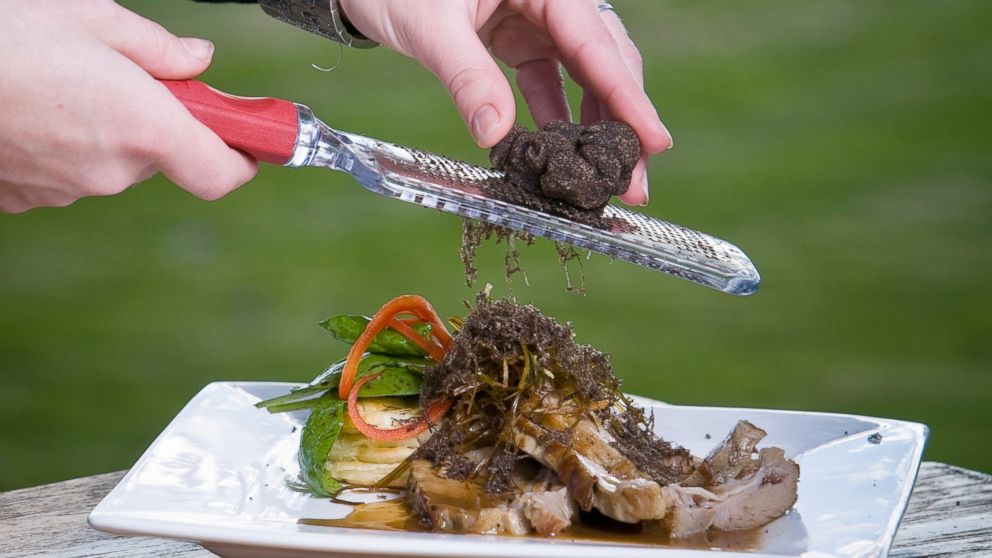Truffle Wars: Look Out France, Here Comes Australia
Australia is producing truffles equal to France's best, say star chefs

June 12, 2014 -- At Manhattan’s Per Se restaurant one recent evening, star chef Thomas Keller addressed a group of gourmands waiting to tuck into a menu featuring fresh, black Australian truffles in every course--down to and including, for desert, a truffled ice cream float.
Luckily there were no Frenchmen present. For had there been, what Keller had to say would have surely made them toss their madeleines.
Comparing the finest French black Perigord truffles to these interlopers from Down Under, Keller said: “It’s hard to tell which one is better.”
Course by course, bite by bite, as abalone with Australian truffles gave way to poached beef tenderloin with same, the group was won over.
“Australian truffles—who knew?” asked diner Adam Sachs, editorial director of foodie website TastingTable. Maybe it wasn’t news to Keller, said Sachs, that Australia was giving France a run for its fungus, but it was news to him.
The most extraordinary offering, many thought, was a beer made with Australian truffles—Shaved Black Truffle Pilsner, made specially for the evening by Jared Rouben, brewmaster of Moody Tongue in Chicago. (To your boorish reporter, it tasted a little like beer filtered through old socks.)
A day in the life of a truffle salesman
At the Culinary Institute of America, in Hyde Park, New York, Chef Jason Potanovich runs the school’s French restaurant, Bocuse. “I don’t say they have surpassed the French,” he says of the Australian truffle, “but they seem identical.” Owing to the reversed growing seasons between the Northern and the Southern hemisphere, he notes, Australia’s product is available when France’s is not.
France is still the fragrant, 300-pound gorilla in the kitchen. Its black winter Perigords command the highest price of any truffle. But as more chefs and diners become familiar with what Australia has to offer, the Aussies are gaining.
Alf Salter, chairman of The Truffle & Wine Company, Australia’s biggest truffle producer, tells ABC News that four years ago, his country exported only 220 pounds of truffles to the U.S. By 2013, that number had increased to 2,200 pounds (worth about $750,000). Northern Europe, France included, exported about 12,000 pounds to the U.S.
Former chef Frank Brunacci, now vice president of North and South American sales for Truffle & Wine, tells ABC News that U.S. chefs have a powerful incentive to use more truffles, whether from Australia or someplace else: Charge a $50 supplement for truffles, send the waiter out to shave a little here, a little there, and, voila!, the average check increases 20 percent to 30 percent. “It’s free money,” he says.
Chicago restaurant feeding $100 grilled cheese to gimmick-hungry guests>
Is there no downside, then, to Australian truffles? Frank Magazino thinks there is. One of the biggest truffle dealers in the U.S., he works for publicly traded Chef’s Warehouse, Inc. (NASDAQ: CHEF). The fact that up to now the best black truffles were available only in winter, from France, was to him a plus. “I need a break from selling truffles,” he tells ABC News. “The only time for me to do that has been summer.”
Chef Potanovich at the Culinary Institute worries that having the finest fresh truffles available all year (from France in winter, Australia in summer) may detract from the “buzzy” exclusivity truffles now enjoy. It would be, he says, as if Beaujolais Nouveau were available all year.




